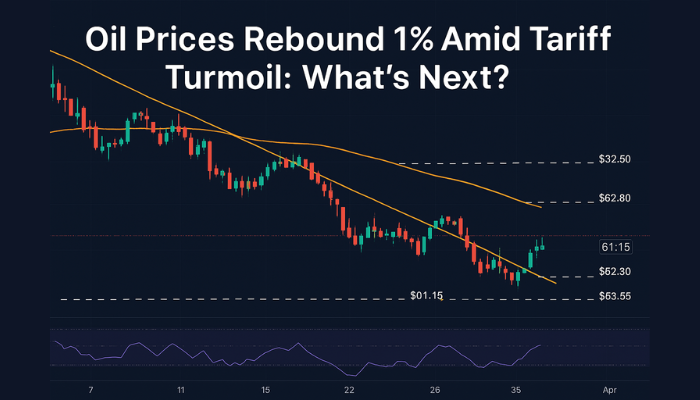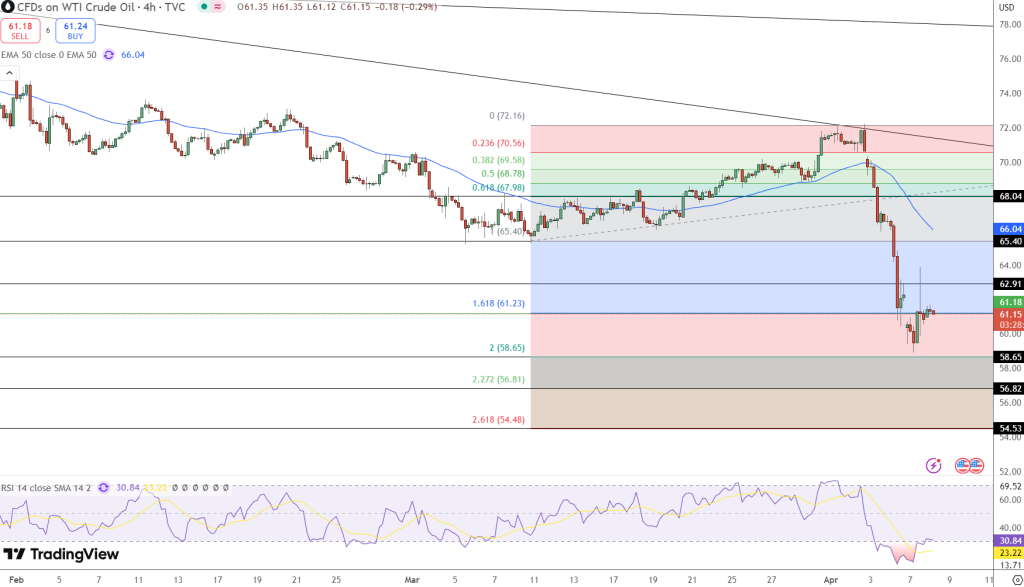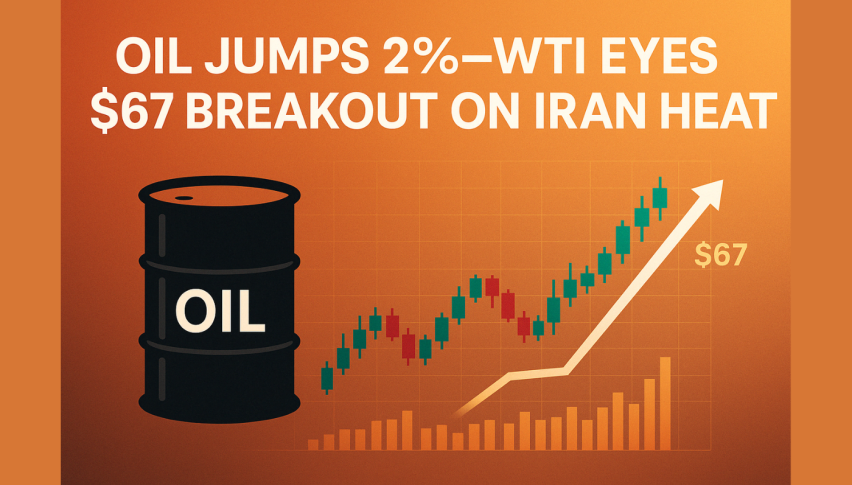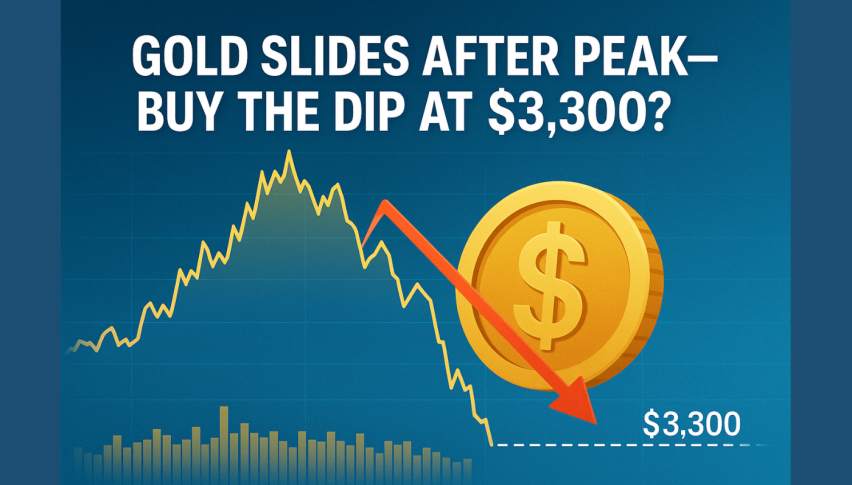Oil Prices Rebound 1% Amid Tariff Turmoil: What’s Next?
Oil prices have experienced a modest recovery following a significant decline driven by escalating U.S.-China trade tensions.

Oil prices have experienced a modest recovery following a significant decline driven by escalating U.S.-China trade tensions.

This article examines the factors influencing this rebound and the potential implications for the global economy.
Oil Prices Recover After Sharp Decline
On Tuesday, oil prices rose over 1%, recovering some losses from a near four-year low. Brent crude increased by 81 cents (1.26%) to $65.02 per barrel, while West Texas Intermediate (WTI) climbed 92 cents (1.52%) to $61.61.
This uptick follows a 2% drop on Monday, prompted by concerns that President Donald Trump’s new tariffs could lead to a global recession and reduced energy demand.
Market Reactions to Escalating Trade Tensions
The recent selloff in oil markets was primarily driven by fears that escalating trade disputes between the U.S. and China could dampen global economic growth. President Trump’s announcement of tariffs ranging from 10% to 50% on imports has intensified these concerns.
China’s retaliatory measures, including a 34% tariff on U.S. goods, have further fueled market anxieties.
Analysts warn that if China maintains its stance, the total tariff rate on its exports to the U.S. could reach 104%, potentially exacerbating recession fears and leading to significant declines in global stock markets.
Analysts’ Perspectives and Inventory Data
Warren Patterson, head of commodities strategy at ING, noted that the relief rally in oil prices was supported by steadier equity markets. However, he cautioned that the extent of the demand impact remains uncertain.
An ING note highlighted that risks are still skewed to the downside, given the potential for further tariff escalations. Additionally, a preliminary Reuters poll indicated that U.S. crude oil and distillate inventories were expected to have risen by around 1.6 million barrels last week, signaling weak demand expectations.
Potential Floor for Oil Prices
Despite the bearish sentiment, some market participants believe that oil prices may find support near $60 per barrel. This level is considered the break-even point for U.S. production; prolonged prices below this threshold could lead to reduced drilling activity and a slowdown in production growth. Eurasia Group noted that such a scenario could establish a price floor in the $50s for WTI crude.
WTI Crude Oil (USOIL) Technical Analyst
WTI crude oil is consolidating near $61.15 after plunging sharply from the $72.16 high. The selloff sliced through key support at $65.40 and now finds tentative footing above the 1.618 Fibonacci extension at $61.23. Price is struggling below the 50 EMA at $66.04, reinforcing the bearish structure. While RSI is recovering from deeply oversold levels at 23, momentum remains weak.

A break above $62.90 could offer short-term relief toward $65.40, but failure to hold above $61.23 risks further downside toward $58.65. The recent bounce lacks volume and conviction, suggesting it may be corrective. Unless WTI can reclaim $65 with strength, rallies are likely to face resistance. For now, price action remains heavy with traders watching for a clear direction cue at $61.00.
Key Takeaways:
Oil prices rose over 1% on Tuesday, recovering from a near four-year low.
Escalating U.S.-China trade tensions continue to pose risks to global economic growth and energy demand.
Analysts suggest a potential price floor near $60 per barrel, given U.S. production break-even levels.
- Check out our free forex signals
- Follow the top economic events on FX Leaders economic calendar
- Trade better, discover more Forex Trading Strategies
- Open a FREE Trading Account



